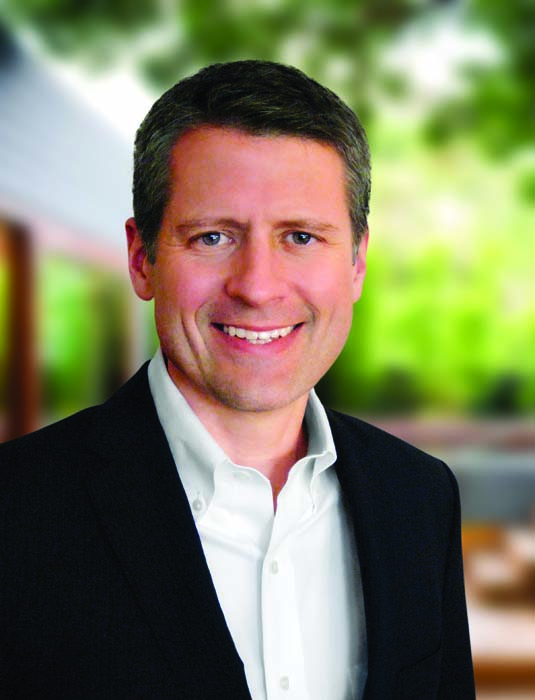Profit first
Published 4:00 pm Wednesday, July 24, 2019

- Curt Fowler.
“Business is all about solving people’s problems – at a profit”
As entrepreneurs, we love solving problems. We tend to serve (and solve) first and worry about the profit later.
Trending
Entrepreneurs following the traditional system based on Generally Accepted Accounting Principles (GAAP) determine profit like this: SALES – EXPENSE = PROFITS
A guy named Mike Michalowicz wrote a book called “Profit First” that asks entrepreneurs to change that equation by putting profit first: SALES – PROFIT = EXPENSES
The system that Michalowicz proposes is not an accounting system, but a cash flow budgeting system that works to hack our psychological response to having money in the bank.
Traditional Entrepreneur Response = There is cash in the bank. I must spend/invest it.
Profit First Response = What happened to my cash? (It was already stashed into specific accounts so you won’t spend it!)
The idea is a play on Parkinson’s Law which says that a project will expand to consume the time allotted to it. Similarly, the costs associated with running your business can expand to consume every dollar in your bank account.
Trending
The systems works like personal budgeting using envelopes. Every dollar that comes in the door has a predetermined use. Some goes to profits, some to payroll, some to taxes, etc.
You start by working with your bank to set up at least six accounts for your business. Personalize the names of each account so you can see what the money in each account is for. Here is a starting list of accounts to set up. You may find you need more, but probably not fewer.
• Revenue – Every dollar earned goes into this account before being pushed into the other accounts at least weekly. This account will be empty after making your daily or weekly transfers.
• Profit – Accumulate profit here.
• Owner’s Pay – Pay yourself from this one.
• Taxes – For all tax payments.
• Operating – Day to day spending.
• Savings – Use this to accumulate money for pre-planned purchases and real emergencies. Not for all that stuff we want to spend money on but don’t have to.
Work with your accountant to set up a percentage of every dollar that will flow from the revenue account into each of the other accounts. Start with a conservative profit percentage, but one you’ll be proud of. As you accomplish your profit goals, ramp up the percentage. Your goal is to force yourself to do more with less. The constraints will force creativity. It is always easier to spend cash if you can.
One hundred percent of all revenue will be allocated into one of these other accounts. You spend out of the operating account only. All the other accounts are to be touched only for their specific purposes.
I recommend you put all the accounts other than the revenue and operating at another bank. You want to make it as difficult as possible to get to the money. Think of those funds like credit cards frozen into a block of ice in the freezer at a neighbor’s house. You can get to them if you must, but you want as many speed bumps as possible between you and those funds.
If you’ve had trouble budgeting for your business give this tool a try. Remember that this is a cash flow budgeting system and not a replacement for real accounting. It will not help you understand your financial performance and the levers you can pull to improve that performance.
I’ll close with one last quote on profit from Henry Ford:
“Business must be run at a profit, else it will die. But when anyone tries to run a business solely for profit, then also the business must die, for it no longer has a reason for existence.”

